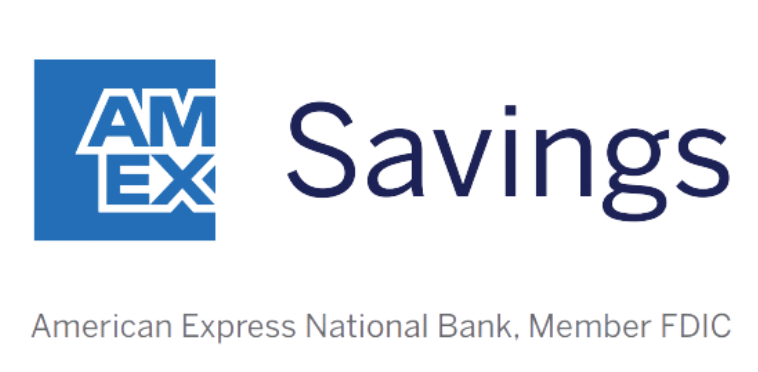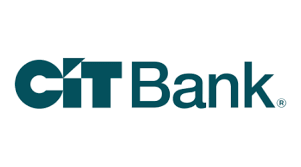This Is How Much Money You Can Make With $50,000 in a High-Yield Savings Account
KEY POINTS
- The best high-yield savings accounts have APYs ranging from about 4% to 5%.
- At those rates, a $50,000 balance could make you $2,000 to $2,500 in yearly interest.
- To choose a savings account, look for a competitive APY, no monthly fees, a low or $0 minimum balance, and FDIC insurance.
High-yield savings accounts are useful with any amount of savings. But you can start to make some serious passive income with them when you have a large amount to deposit. For an example, let's look at how much you could make on a balance of $50,000.
While that's a lot of money, there are situations where it makes sense to have that much in savings. Maybe you're saving up for a house, you want to have a sizable emergency fund, or both. Here's how much interest you could be earning.
Potential earnings from $50,000 in a high-yield savings account
It's easy enough to calculate how much money you could make with a high-yield savings account. All you need is the annual percentage yield, or APY for short. That's the percentage you'll earn on your balance every year.
The national average is only 0.41%, according to the FDIC. Some big banks go even lower -- as low as 0.01%. Luckily, top high-yield savings accounts like these offer a much better deal. Many of them have rates in the 4%-to-5% range.
Our Picks for the Best High-Yield Savings Accounts of 2025
| Product | APY | Min. to Earn | |

American Express® High Yield Savings Account
Member FDIC.
APY
3.70%
Rate info
3.70% annual percentage yield as of April 20, 2025. Terms apply.
Min. to earn
$0
Open Account for American Express® High Yield Savings Account
On American Express's Secure Website. |
3.70%
Rate info
3.70% annual percentage yield as of April 20, 2025. Terms apply.
|
$0
|
Open Account for American Express® High Yield Savings Account
On American Express's Secure Website. |

CIT Platinum Savings
Member FDIC.
APY
4.10% APY for balances of $5,000 or more
Rate info
4.10% APY for balances of $5,000 or more; otherwise, 0.25% APY
Min. to earn
$100 to open account, $5,000+ for max APY
Open Account for CIT Platinum Savings
On CIT's Secure Website. |
4.10% APY for balances of $5,000 or more
Rate info
4.10% APY for balances of $5,000 or more; otherwise, 0.25% APY
|
$100 to open account, $5,000+ for max APY
|
Open Account for CIT Platinum Savings
On CIT's Secure Website. |

Barclays Tiered Savings
Member FDIC.
APY
4.10%
Rate info
Balances less than $250,000 earn 4.10%, and balances greater than $250,000 earn 4.30%.
Min. to earn
$0
Open Account for Barclays Tiered Savings
On Barclays' Secure Website. |
4.10%
Rate info
Balances less than $250,000 earn 4.10%, and balances greater than $250,000 earn 4.30%.
|
$0
|
Open Account for Barclays Tiered Savings
On Barclays' Secure Website. |
With $50,000, you could make $2,000 to $2,500 in yearly interest with a high-yield savings account. The table below shows the difference in earnings between a high-yield account, the national average, and an account with a big bank paying 0.01%.
| Account | APY | Yearly Earnings on a $50,000 Balance |
|---|---|---|
| High-yield | 4.50% | $2,250 |
| Average | 0.45% | $225 |
| Big bank | 0.01% | $5 |
How to find a high-yield savings account
Even if you don't have $50,000 to deposit, a high-yield savings account is still worth having. You'll be able to earn as much interest as possible on your savings, no matter how much that might be. If you're using an account with an average APY or less, you could miss out on hundreds or even thousands of dollars in yearly interest.
Here's what to look for to choose a high-yield savings account:
- A competitive APY -- right now, I'd pick an account earning at least 4%
- No monthly fees
- A low or $0 minimum balance requirement
- FDIC insurance
For an account with all of those benefits, consider the UFB Portfolio Savings Account. It has an impressive 4.01% APY, no monthly fees, and no minimum balance requirement. It even includes an ATM card and access to a large fee-free ATM network. Click here to learn more and open an account today.
Should you keep $50,000 in your savings?
As long as your savings account is FDIC-insured, you'll be safe keeping $50,000 in it. FDIC insurance covers up to $250,000 per eligible account and ownership category in the event of a bank failure.
Whether you should do this depends on your current financial situation and your savings needs. Your savings account is the best place for your emergency fund and short-term savings goals you have within the next few years. In addition to your savings account, you should also find a quality checking account to manage your money and pay bills.
It's also important to invest money. The U.S. stock market, as represented by the S&P 500 index, has historically returned about 10% per year. That's considerably higher than what you could get from a savings account, which is why investing is essential for building your retirement nest egg.
Everyone's savings needs are a bit different, and they'll likely change as you go through life. Just make sure you're striking a balance between adding to your savings and investing for the future.
Our Research Expert
We're firm believers in the Golden Rule, which is why editorial opinions are ours alone and have not been previously reviewed, approved, or endorsed by included advertisers. Motley Fool Money does not cover all offers on the market. Motley Fool Money is 100% owned and operated by The Motley Fool. Our knowledgeable team of personal finance editors and analysts are employed by The Motley Fool and held to the same set of publishing standards and editorial integrity while maintaining professional separation from the analysts and editors on other Motley Fool brands. Terms may apply to offers listed on this page. APYs are subject to change at any time without notice.